Let’s Begin
Gemstones have fascinated people for centuries, not only for their beauty but also for their symbolism and supposed powers. Buying a gemstone can be exciting but also a bit daunting. Here’s a comprehensive gemstone buying guide where you will learn everything about gemstones, aiming to make the buying process smooth and enjoyable.
| Did you know? There are over 200 different types of gemstones known in the world. These include well-known varieties like diamonds, rubies, emeralds, and sapphires, as well as many lesser-known gems such as alexandrite, tanzanite, and spinel. Each gemstone is unique in its properties, rarity, and beauty. So, If you want to know more about gemstones, read till the end of the blog. |
What Are Gemstones?
Gemstones are minerals, rocks, or organic materials that are cut, polished, and used in jewellery. They come in various types, each with unique features and qualities. Diamonds, rubies, emeralds, sapphires, and amethysts are some of the well-known gemstones.
Their beauty and rarity often determine their value. Although most gemstones are minerals, there are exceptions. Organic materials such as amber and pearl, along with rocks like opal, are also classified as gemstones.
Types of Gemstones
1. Precious and Semi-Precious Gemstones:
Gemstones are often categorised as precious or semi-precious. Precious gemstones include diamonds, rubies, emeralds, and sapphires. These are rare and often more valuable. Semi-precious gemstones include amethysts, garnets, and peridots. While they might not be as rare, they are still beautiful and can be quite valuable.
2. Birthstones:
Birthstones are gemstones that are associated with each month of the year. For example, garnet is January’s birthstone, while amethyst represents February. Wearing a birthstone is believed to bring good luck and protection. Knowing one’s birthstone can add a personal touch to the gemstone selection.
3. Healing Stones:
Many people believe in the healing properties of gemstones. For instance, amethyst is said to help with stress and anxiety, while rose quartz is associated with love and healing. Whether or not these claims are scientifically proven, the idea of wearing a gemstone for its healing properties adds a special meaning.
Gemstone Buying Guide – Factors To be Chosidered
1. Colour:
The colour of a gemstone is one of its most important features. Look for vibrant and even colours. Inclusions can affect the value of a gemstone. Typically, fewer inclusions are preferred, but certain inclusions can be unique and enhance the stone’s beauty and value. Gemologists evaluate a gemstone by considering the size, number, location, and type of inclusions. For example, the best sapphires have a deep, rich blue colour, like Velvet Blue or Cornflower Blue.
2. Clarity:
Clarity refers to the absence of inclusions and blemishes. A gemstone with high clarity will have fewer internal flaws and surface imperfections. While it’s rare to find a completely flawless gemstone, those with fewer inclusions are usually more valuable.
3. Cut:
The cut of a gemstone affects its brilliance and sparkle. A well-cut gemstone reflects light beautifully, making it appear more vibrant. The cut is different from the shape, which refers to the form of the stone, such as round, oval, or square.
4. Carat Weight:
The carat weight measures the size of the gemstone. Larger gemstones are rarer and often more valuable. However, size isn’t everything; the quality of the colour, clarity, and cut also play significant roles in determining a gemstone’s value.
Caring for Gemstones
1. Cleaning:
Gemstones need proper care to maintain their beauty. Use a soft cloth to clean them regularly. Avoid harsh chemicals and ultrasonic cleaners, especially for softer gemstones like opals and pearls.
2. Storage:
Store gemstones separately to prevent scratches. Soft pouches or lined jewellery boxes are ideal. Avoid exposing gemstones to extreme temperatures or direct sunlight for prolonged periods.
Myths and Facts
1. Synthetic vs. Natural Gemstones:
Natural gemstones have been formed over millions of years, while synthetic ones have been created in labs. Synthetic gemstones have the same chemical composition as natural ones but are often more affordable. Knowing the difference can help make an informed decision.
2. Enhancements:
Some gemstones are treated to enhance their colour or clarity; common treatments include heating. Treated gemstones can be beautiful and affordable, but it’s essential to know what enhancements a gemstone has undergone before purchasing.
Gemstone Investment
1. Value Over Time:
Some high-quality gemstones can be considered for long-term investment, but it’s a complex market with significant risks. Diamonds, rubies, and emeralds have a history of price appreciation, but thorough research and professional guidance are crucial before making any investment decisions.
2. Rarity:
The rarity of a gemstone can affect its value. Rare gemstones like alexandrite or padparadscha sapphires can be valuable additions to a collection. Always research and understand the rarity and market demand for a particular gemstone.
Emotional and Cultural Significance
1. Symbolism:
Gemstones often carry significant symbolism. For example, diamonds symbolise eternal love, making them a popular choice for engagement rings. Sapphires are associated with wisdom and royalty. Understanding the symbolism can add personal meaning to the gemstone.
2. Cultural Importance:
Different cultures have unique beliefs and traditions related to gemstones. In some cultures, gemstones are worn for protection or to attract positive energy. Learning about these cultural aspects can provide deeper insight into the significance of a gemstone.
Visit VBJ To Buy Precious Gemstones
At Vummidi Bangaru Jewellers, we offer a stunning collection of classic gemstones; each handpicked for its exceptional beauty and quality. Our extensive range allows you to shop for your favourite gemstones now and transform them into bespoke jewellery pieces later. Whether you’re looking for a precious stone to cherish or to create a unique, custom-designed piece, our experts are here to guide you.
Conclusion
Buying a gemstone is a blend of science and emotion. This blog aims to provide the necessary knowledge to make an informed choice. Whether buying for beauty, investment, or personal significance, understanding the key aspects of gemstones ensures a satisfying purchase. Remember to consider colour, clarity, cut, and carat weight, and always buy from trusted sources. Enjoy the journey of discovering and owning these magnificent treasures of nature.
| For Latest Updates and Trends Checkout Official Vummidi Bangaru Jewellers Instagram Page |
FAQs Related To Gemstone Buying Guide
1. What should be considered when buying a gemstone?
When buying a gemstone, consider the colour, clarity, cut, and carat weight. Also, check for certification from a reputable gemological laboratory to ensure authenticity and quality.
2. What is the difference between precious and semi-precious gemstones?
Precious gemstones, such as diamonds, rubies, emeralds, and sapphires, are rarer and often more valuable. Semi-precious gemstones, like amethysts, garnets, and peridots, are more common but still beautiful and can be valuable.
3. Are synthetic gemstones real gemstones?
Yes, synthetic gemstones are real gemstones created in a lab. They have the same chemical composition as natural gemstones but are often more affordable.
4. What is the best way to care for gemstones?
Clean gemstones regularly with a soft cloth and avoid harsh chemicals. Store them separately in soft pouches or lined jewellery boxes to prevent scratches. Avoid exposing gemstones to extreme temperatures or direct sunlight for prolonged periods.
5. What are the best gemstones for investment?
Diamonds, rubies, and emeralds are often considered good investments because they tend to retain or increase in value over time. However, it’s wise to buy gemstones primarily for their beauty and personal significance, as the market can be unpredictable.
 Store Locator
Store Locator 

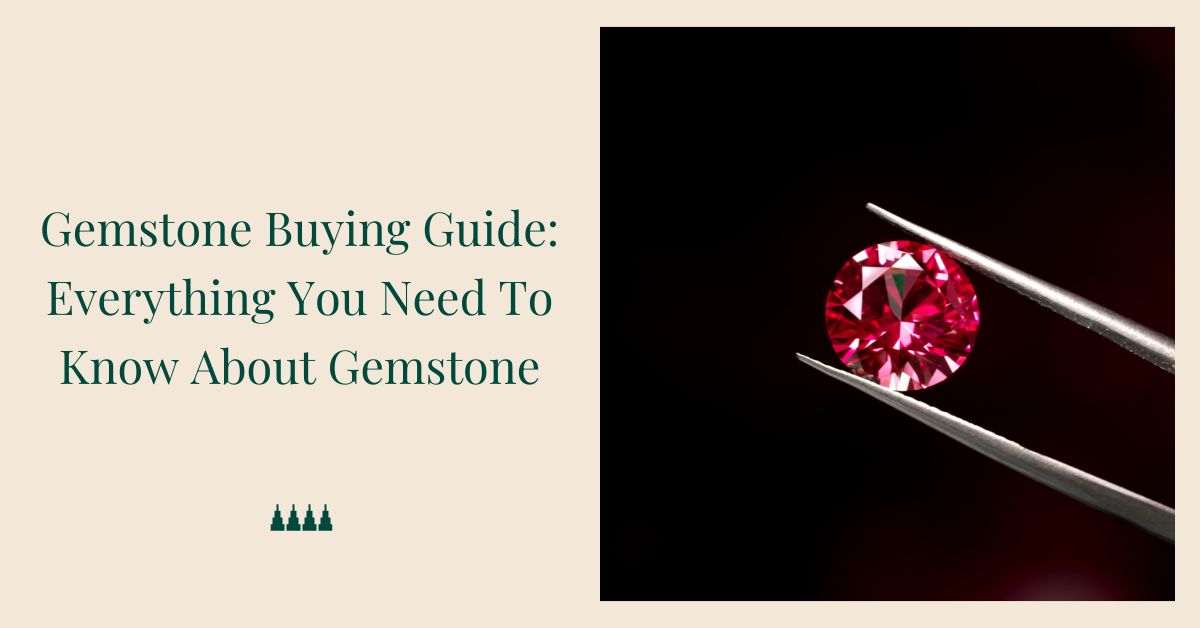
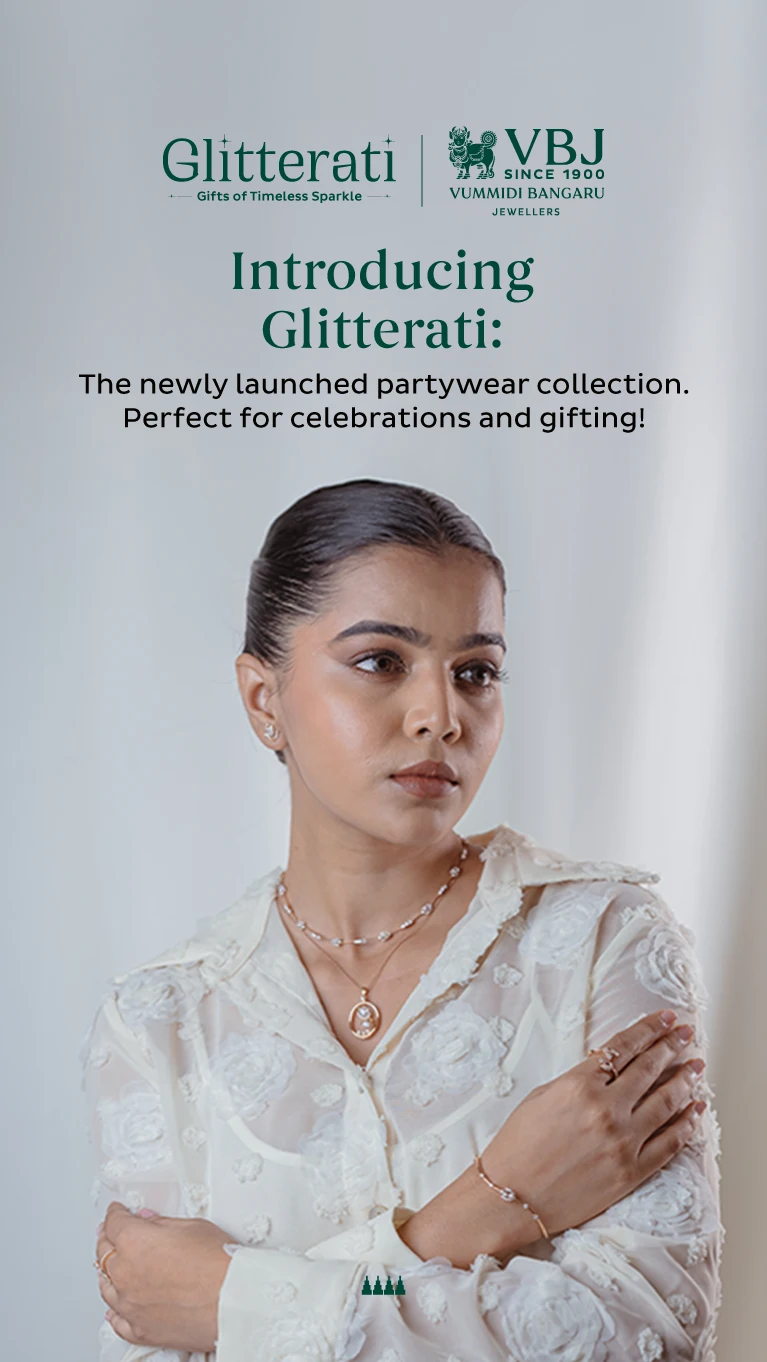
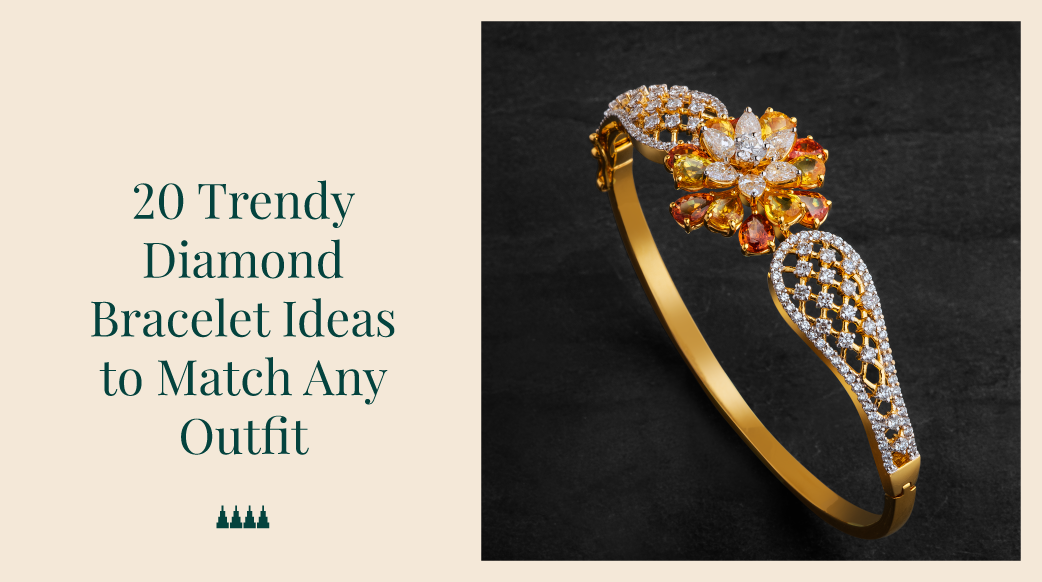
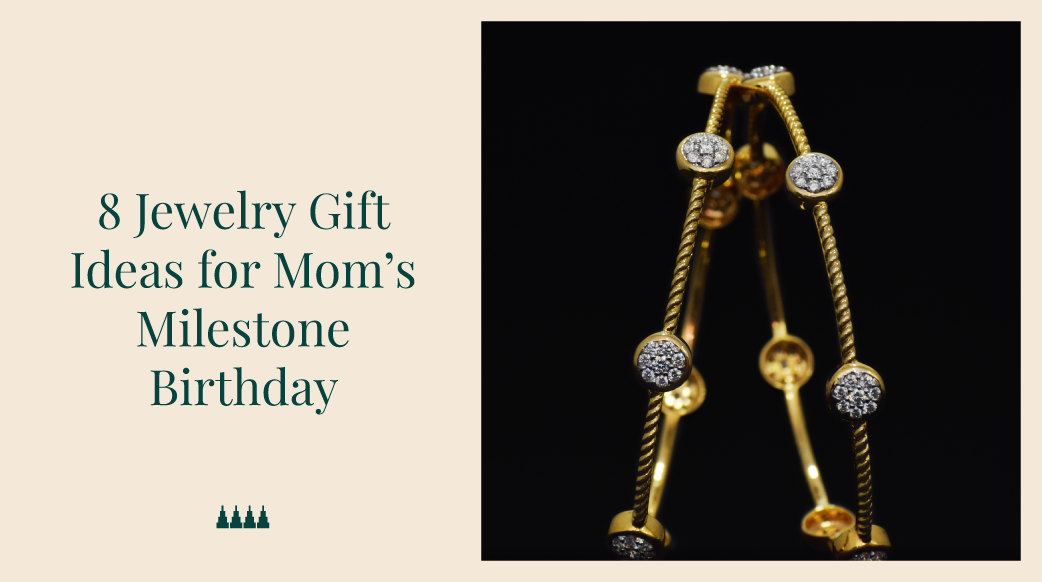
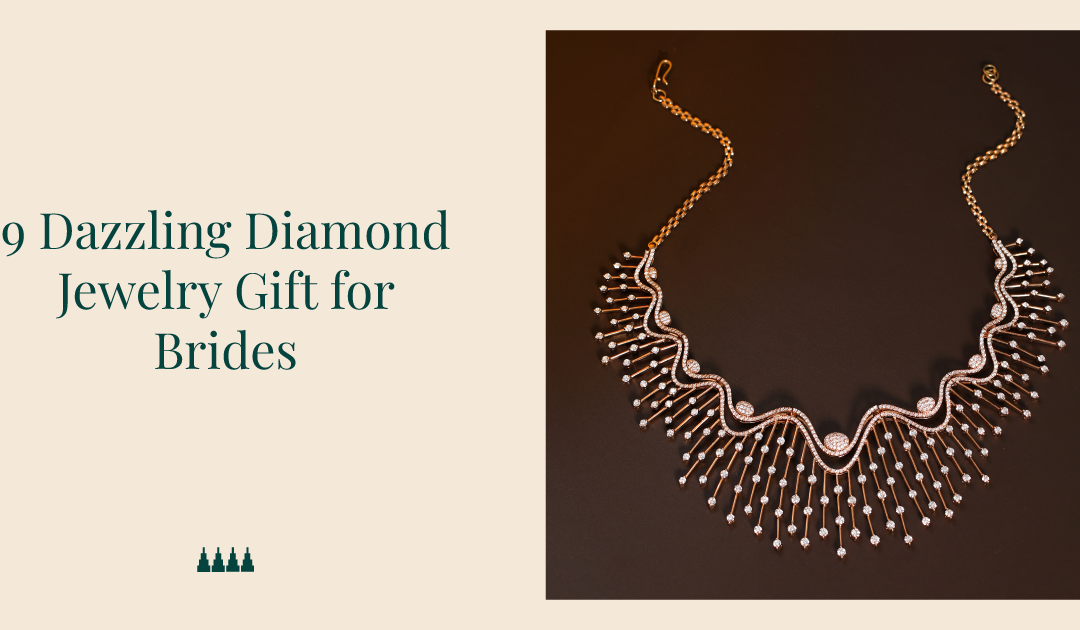
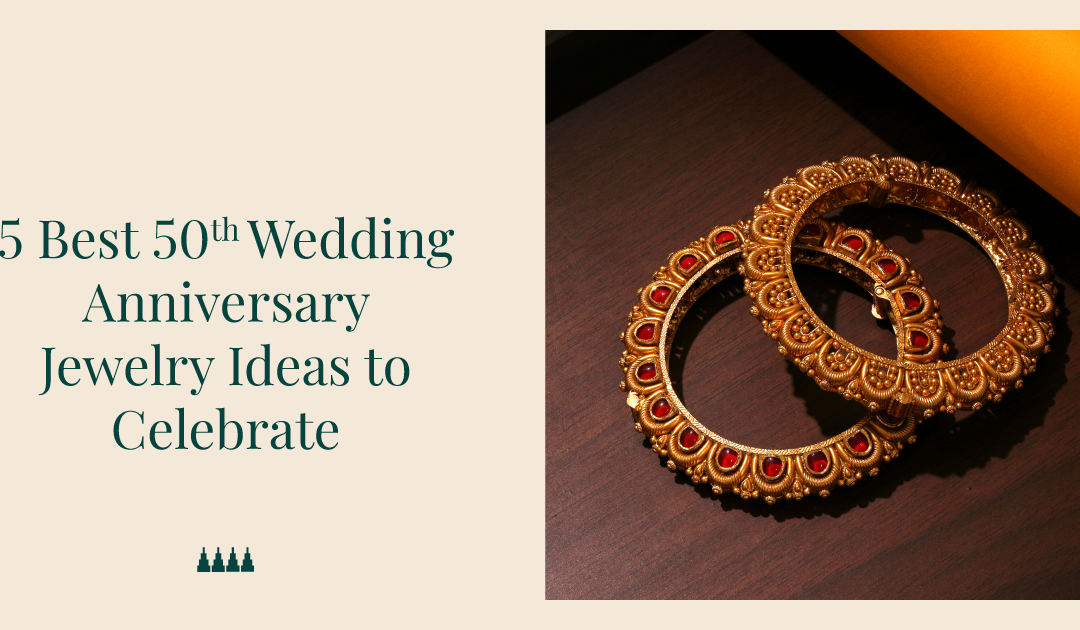
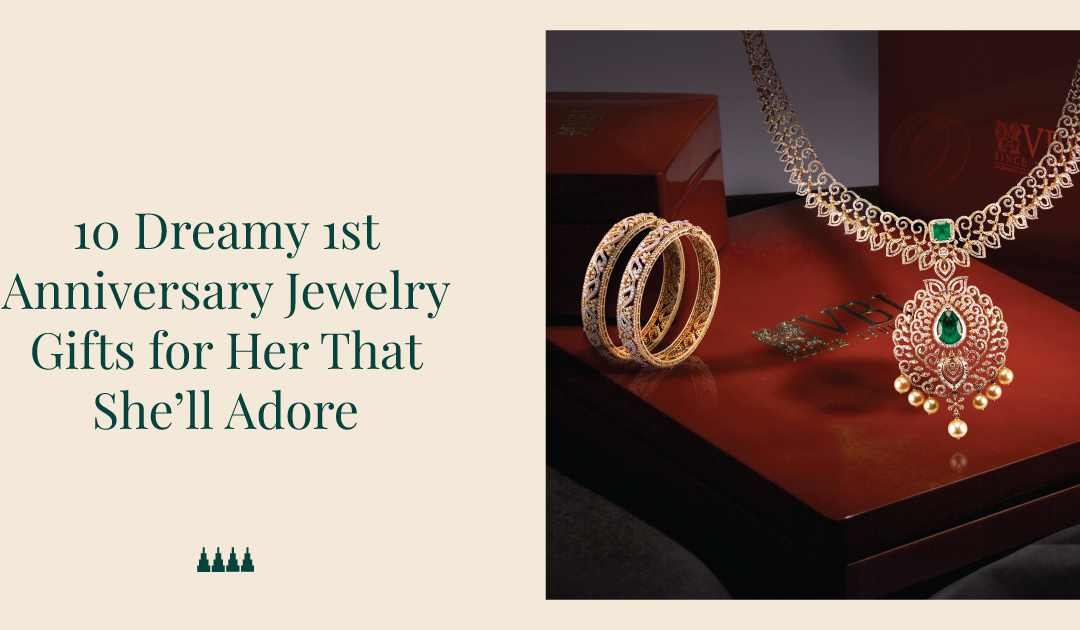
0 Comments